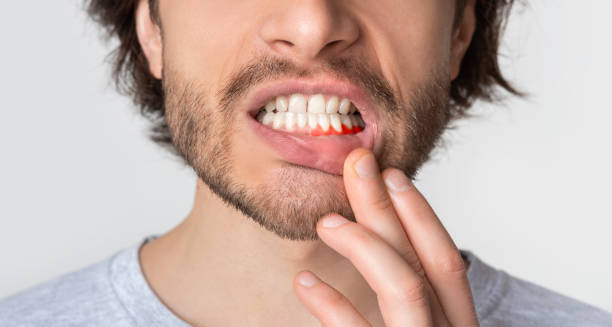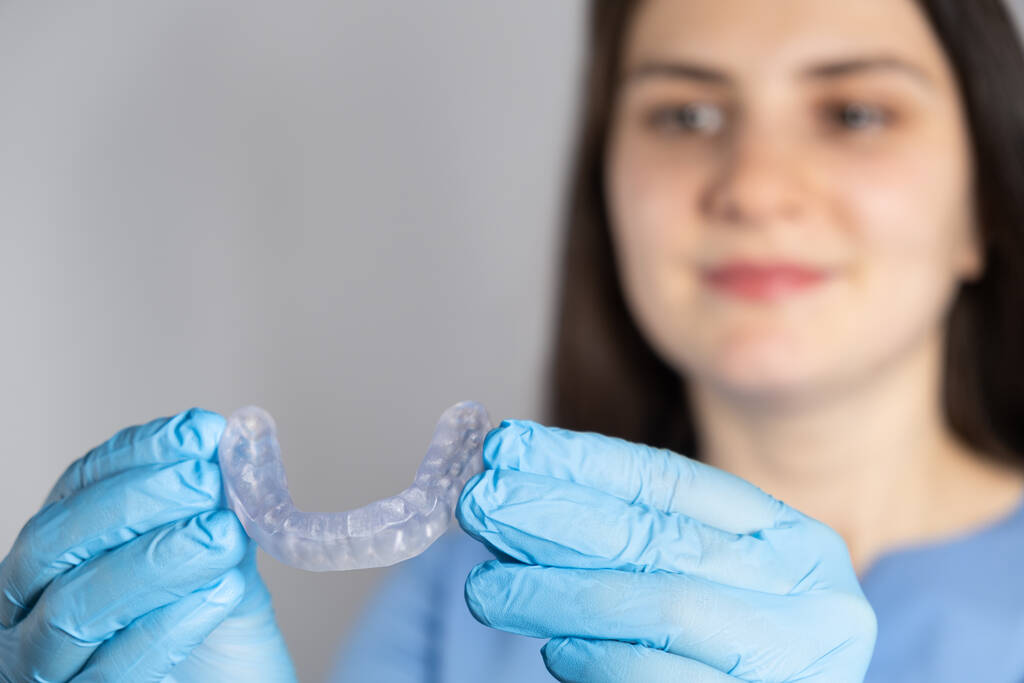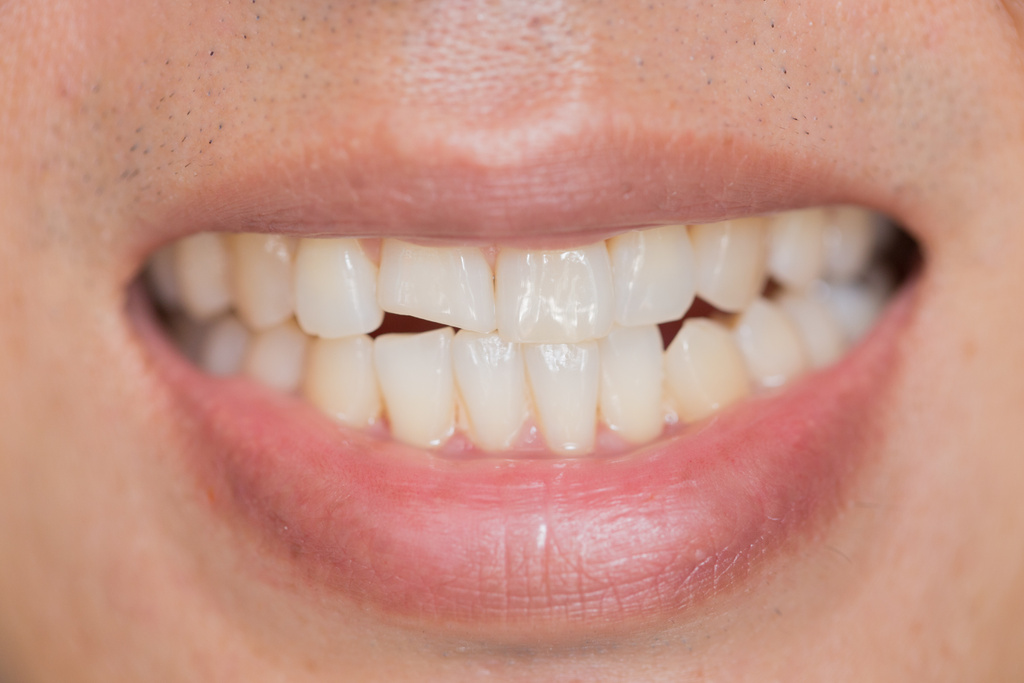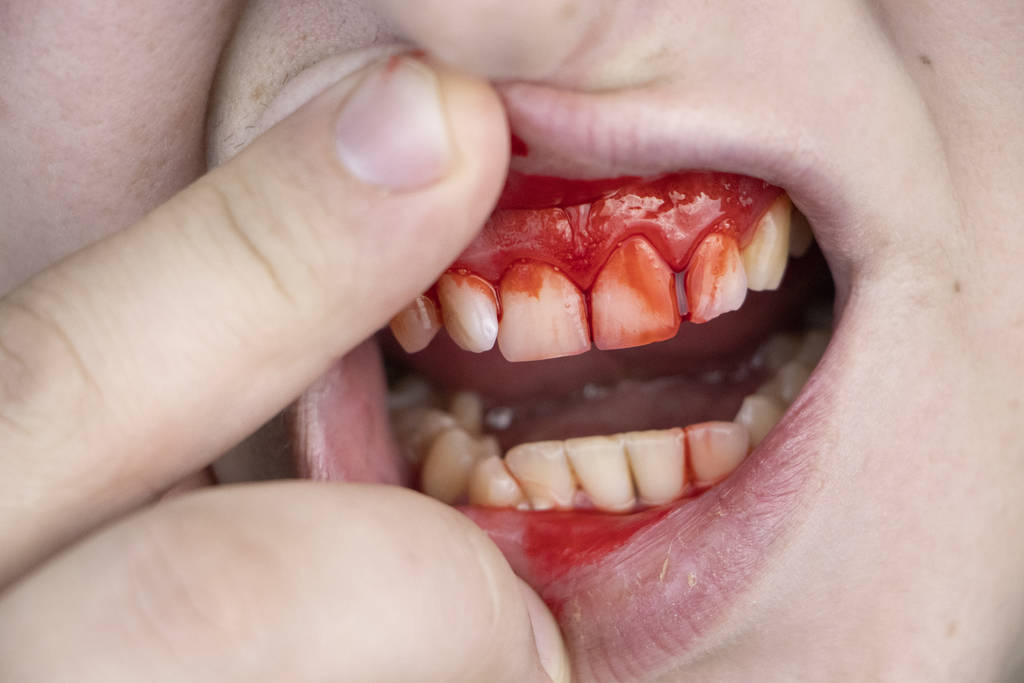In today’s fast-paced work environment, workplace accidents can happen at any time. As an expert in workplace safety, it is essential to be knowledgeable about how to navigate these accidents effectively, ensuring the health and well-being of employees. This article will provide a comprehensive guide to managing workplace accidents, from prevention to response, to promote a safe and secure working environment for all.
Understanding Dental Injuries

Dental injuries encompass a range of conditions, including fractured or knocked-out teeth, cuts to the lips, gums, or tongue, and injuries to the jaw. These injuries can occur due to reasons such as falls, collisions, or contact with equipment. Understanding the nature of dental injuries is crucial for implementing proper preventive measures and responsive actions.
Preventive Measures

Prevention is the cornerstone of workplace safety. Employers must place a premium on fostering a secure work environment through proactive measures. This includes offering comprehensive training on safety protocols, diligent maintenance of equipment, and mandating the use of suitable protective gear, such as mouthguards in areas prone to risks. Regular inspections and risk assessments serve as vital tools in pinpointing potential hazards and proactively addressing them before accidents occur.
Immediate Response Protocol
In the event of a dental injury at work, it’s essential to act swiftly and decisively. Establishing an immediate response protocol will ensure that employees receive timely assistance, minimising the severity of their injuries and promoting faster recovery. This protocol should include steps such as:
- Assessment of the Situation: Quickly assess the severity of the injury and any potential hazards in the surrounding area to ensure the safety of both the injured person and any responders.
- First Aid: Administer basic first aid procedures such as controlling the bleeding, cleaning the wound, and providing pain relief if necessary. It’s crucial to handle the injured person with care to avoid exacerbating the injury.
- Contacting Medical Professionals: Depending on the severity of the dental injury, seek medical assistance promptly. Provide detailed information to medical professionals to facilitate appropriate treatment.
Documentation and Reporting

Accurate documentation of workplace accidents, including dental injuries, is essential for legal and insurance purposes. Employers should maintain comprehensive records of incidents, including the date, time, location, and circumstances surrounding the injury.
Reporting the incident to the relevant authorities ensures compliance with regulatory requirements and facilitates the implementation of corrective measures to prevent similar incidents in the future. When dealing with dental negligence, employees may opt for legal recourse under a dental negligence no win no fee arrangement.
Employee Support and Rehabilitation
Beyond the immediate response to dental injuries, employers should prioritise providing ongoing support and rehabilitation services to affected employees. This may include offering counselling services to cope with trauma, facilitating access to dental care specialists for comprehensive treatment, and accommodating temporary or permanent adjustments to workload or duties as needed during the recovery process.
Educational Initiatives
Educating employees about dental injury prevention and response strategies is key to fostering a culture of safety in the workplace. Regular training sessions, informational materials, and communication channels can raise awareness about potential risks and empower employees to take proactive measures to protect themselves and their colleagues.
Conclusion
In conclusion, navigating workplace accidents requires a proactive approach to health and safety management. By understanding the causes of accidents, implementing preventive measures, and responding effectively in case of an incident, employers can create a safer and more secure work environment for their employees. Remember, safety should always come first in any workplace setting to ensure the well-being of all individuals involved
